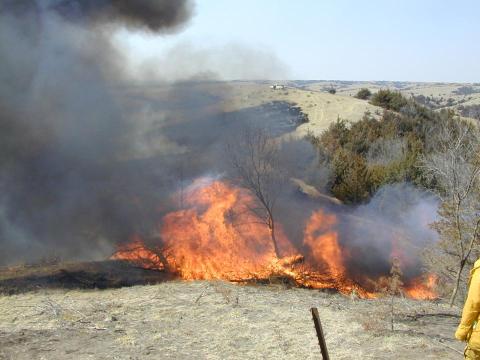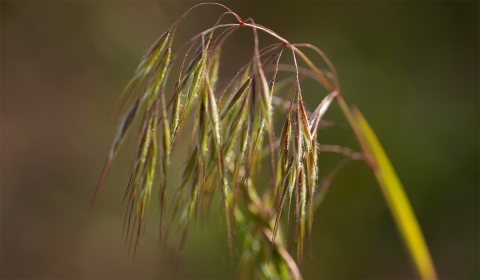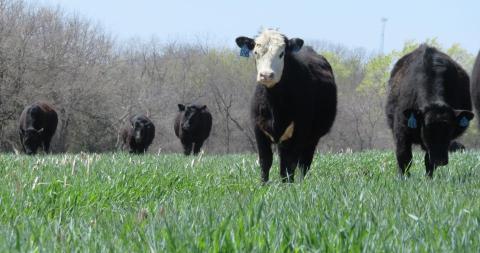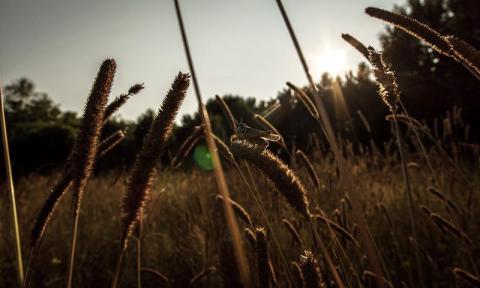Pasture and Forage Minute: Winter Insect Mortality and Livestock Water Needs
January 16, 2024
Extension educators review the effects of subzero temperatures on overwintering insects and whether snow can adequately be used as a water source for cattle.
Pasture and Forage Minute: Cold Stress Preparation, Feeding Brown Hay and Silage Safely
December 19, 2023
Extension educators provide recommendations on preventing body condition loss in cattle during low temperatures and ways to safely feed heat-damaged hay and silage.
Pasture and Forage Minute: Red Cedar Control and Fall Hay Inventory
November 29, 2023
Recommendations for prescribed burning to control Eastern red cedar in pastures and rangeland, and fall hay inventory.
Pasture and Forage Minute: Cornstalk Nutrition and Winter Forage Snow Cover
November 6, 2023
Insights on the nutritional value of cornstalk grazing and the importance of leaving stubble at harvest to help build snow cover.
Pasture and Forage Minute: Managing Cheatgrass, Last Alfalfa Harvest and Fall Armyworms
September 19, 2023
Management insights on controlling cheatgrass, wild oats and fall armyworms in pastures, and using growing degree days to schedule your final alfalfa harvest.
Pasture and Forage Minute: Planning Cover Crops, Testing Hay Quality and Nitrate Management
September 12, 2023
Tips on selecting and planting cover crops, managing nitrate risks while grazing annuals, and preparing hay samples for testing.
Pasture and Forage Minute: Managing Grasshoppers, Pasture Weeds and Wet Hay
August 23, 2023
Insights on late summer grasshopper and pasture weed control, and options for producers putting up hay in wet conditions.
Pasture and Forage Minute: Grasshopper Control, Sub-irrigated Meadow Hay Harvest
July 7, 2023
Extension insights on grazing strategies to accommodate weather changes, grasshopper scouting and treatment recommendations, and tips for getting the most out of sub-irrigated meadow hay harvest in Nebraska.








